Albert Froneman.

A good deal of Albert Froneman’s life revolves around birds. They are the subject of his job, the focus of his photographs, the reason he leads photographic tours to remote areas. He even made them the passion of his wife, Marietjie.
Looking back on his childhood, it seems inevitable that Albert would become involved with birds. From an early age he went on trips with his parents to game reserves and while they were driving around trying to spot a lion or leopard, he started noticing animals of the avian kind. Birds were everywhere, at every turn the car took: soaring in the sky, perched in trees, targeting insects on the road. They were even on the animals his parents had come to see: oxpeckers on rhinos and cattle egrets on buffaloes. Albert’s life became one big bird watching experience as, armed with binoculars and a bird book, he began to create lists and tick off bird species wherever he went.
He soon wanted to capture the beauty of birds and his passion for photography began with a 1970's Nikon F camera that belonged to his father. As he progressed from taking simple identification shots, his list of equipment grew bigger and better until finally he was able to achieve the type of action or behavioural shot he was after, such as the photograph in the Photo Finish feature in this issue (see pages 78‒79). Today you will find in his camera bag a Nikon D5 and numerous telephoto lenses, his pride being a Nikkor 500mm f4, which he combines with a 1.4x teleconverter.
Denne historien er fra January/February 2017-utgaven av African Birdlife.
Start din 7-dagers gratis prøveperiode på Magzter GOLD for å få tilgang til tusenvis av utvalgte premiumhistorier og 9000+ magasiner og aviser.
Allerede abonnent ? Logg på
Denne historien er fra January/February 2017-utgaven av African Birdlife.
Start din 7-dagers gratis prøveperiode på Magzter GOLD for å få tilgang til tusenvis av utvalgte premiumhistorier og 9000+ magasiner og aviser.
Allerede abonnent? Logg på

EXPLORING NEW HORIZONS
Keith Barnes, co-author of the new Field Guide to Birds of Greater Southern Africa, chats about the long-neglected birding regions just north of the Kunene and Zambezi, getting back to watching birds and the vulture that changed his life.

footloose IN FYNBOS
The Walker Bay Diversity Trail is a leisurely hike with a multitude of flowers, feathers and flavours along the way.

Living forwards
How photographing birds helps me face adversity
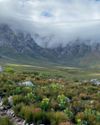
CAPE crusade
The Cape Bird Club/City of Cape Town Birding Big Year Challenge
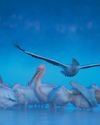
water & WINGS
WATER IS LIFE. As wildlife photographer Greg du Toit knows better than most.
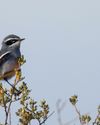
winter wanderer
as summer becomes a memory in the south, the skies are a little quieter as the migrants have returned to the warming north. But one bird endemic to the southern African region takes its own little winter journey.
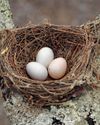
when perfect isn't enough
Egg signatures and forgeries in the cuckoo-drongo arms race
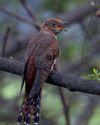
Southern SIGHTINGS
The late summer period naturally started quietening down after the midsummer excitement, but there were still some classy rarities on offer for birders all over the subregion. As always, none of the records included here have been adjudicated by any of the subregion's Rarities Committees.
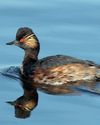
flood impact on wetland birds
One of the features of a warming planet is increasingly erratic rainfall; years of drought followed by devastating floods. Fortunately, many waterbirds are pre-adapted to cope with such extremes, especially in southern Africa where they have evolved to exploit episodic rainfall events in semi-arid and arid regions. But how do waterbirds respond to floods in areas where rainfall - and access to water - is more predictable? Peter Ryan explores the consequences of recent floods on the birds of the Western Cape's Olifants River valley.
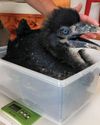
a star is born
It’s every producer’s dream to plan a wildlife television series and pick the right characters before filming.